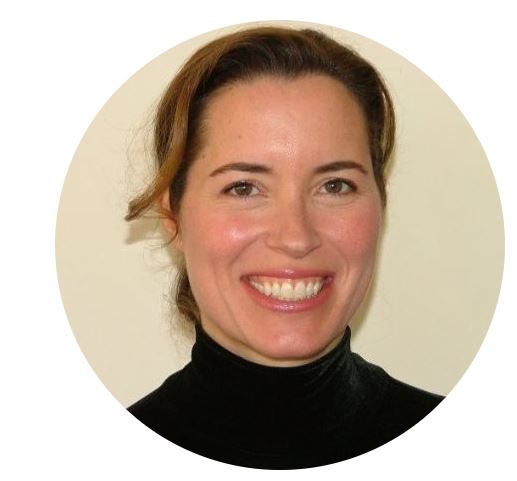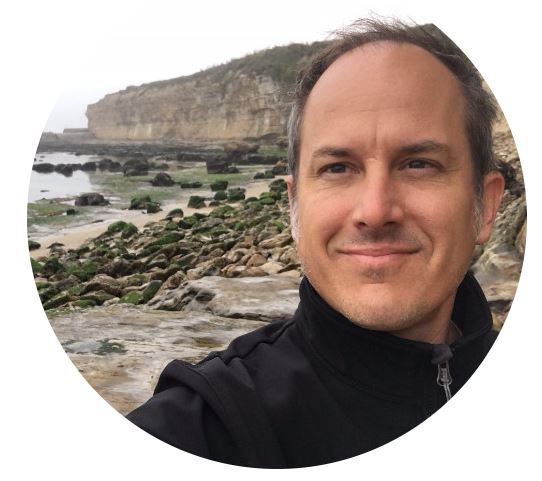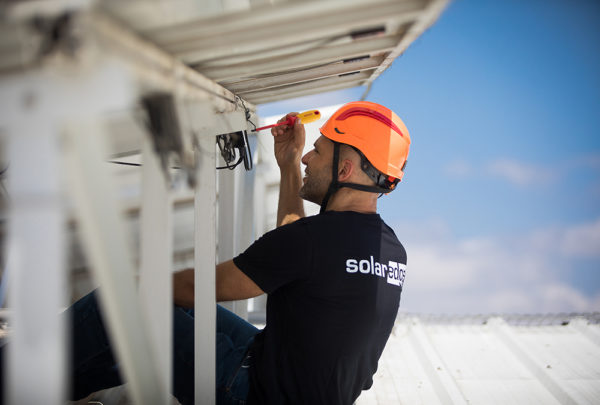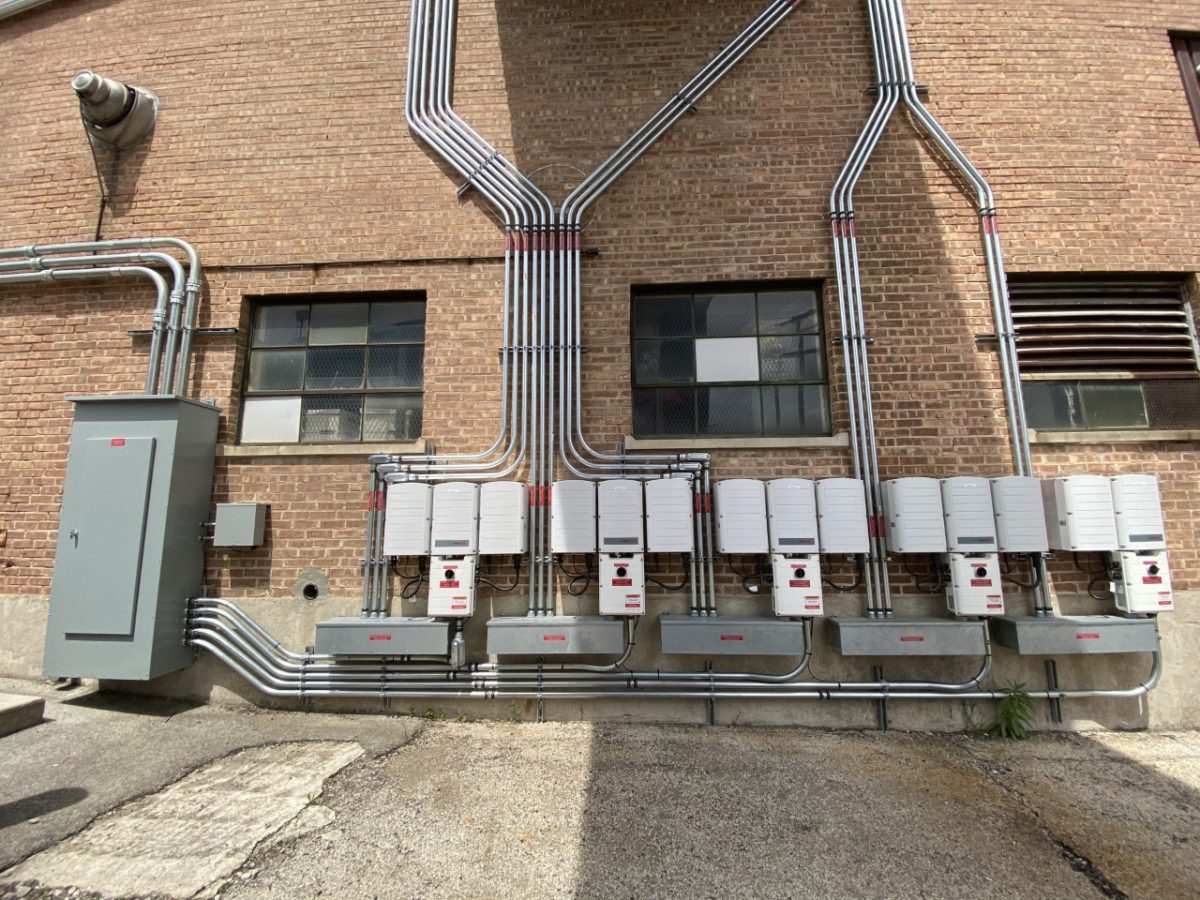Safety is of paramount importance when installing a solar array, especially in rooftop applications, where a home, business, school, or hospital could be topped with PV. With this in mind, the National Electric Code (NEC) keeps compliant solar arrays safer, protecting the equipment on the roof and everything important below it.
pv magazine was joined by SolarEdge to talk safety, and how the firm is building capabilities that go beyond U.S. code requirements, reducing risks and increasing the stability of a solar installation. Jason Bobruk, director of code compliance, and Carolyn Humphreys, C&I sales manager, both with SolarEdge, said that most fires observed in buildings with solar systems do not result from the installations themselves. Malfunctions in heating systems, factory machinery, cooking equipment, or even lightning pose significantly higher fire risks than solar systems.

Image: LinkedIn
In the event of a PV system fire, one potential source is an electrical arc fault. They can be caused by faulty or improperly linked cables or connectors, corrosion, animal disruption, failed DC connectors, or PV system overheating, said Bobruk. Bobruk said 30% of the safety concerns found in the field were the result of incorrect wiring, an issue that can be prevented with improved training and standards.
Training and standards
One area of opportunity for enhancing safety will be workforce training, which SolarEdge is actively engaged in. As the industry grows rapidly, a large group of new workers with limited experience will join the workforce. With this comes the need for widespread learning of safety standards and the NEC. Bobruk said U.S. installers are some of the best that SE works with, which is due in part to the NEC. In countries that lack a comparable code and standards, there are much higher incidences of solar-related safety issues like fires or faults.

Image: LinkedIn
Humphreys said SolarEdge has played an active role in the development of safety code for inverters and builds safety directly into the hardware and software of the devices. The company meets or exceeds code for its centralized inverter, a control hub, safety shutdown devices, and on-module power optimizers.
Bobruk is currently working with other leading manufacturers and NEMA on the PV Council to develop a universal PV connector standard. He said it’s incredibly important that the industry comes together to work on standards development, to improve safety for everyone. In the meantime, Bobruk said it is crucial that installers are aware of the risks posed by inter-mating connectors. The bottom line is that it doesn’t matter what brand of connector they use, as long as they use the same brand in each installation, said Bobruk.
Safety features
SolarEdge uses power optimizer attached to solar modules to enable independent operation, which the company said increases energy production by overcoming limitations of traditional string inverter systems, such as module mismatch and shading / soiling. The monitoring platform provides module-level visibility, offering increased granularity in potential problem identification.

Image: SolarEdge
Image: SolarEdge
The equipment also has a built-in feature called SafeDC. As an example of how the feature works, imagine that a portion of the PV system heats to excess levels. Undetected, this small heat gain could develop into an arc fault in the future. However, using sensors placed on the inverter’s terminal blocks, the SafeDC system will detect the high temperature, identify the source immediately, and disconnect the power optimizers from the inverter using the built-in SafeDC function. It will also alert the installer or asset owner, enabling them to remedy the problem right away. This isn’t possible in a traditional string inverter with a separate rapid shutdown box. Neither the inverter, nor the rapid shut down box, is able to identify which modules are at fault, which may result in the whole string being shut down.
SafeDC also provides protection for maintenance personnel or firefighters who need to access the roof. In traditional systems, even when the inverter is shut down, high voltage from the active DC modules remains present, which means older technologies could pose an electrocution risk. With SafeDC solutions, each module is reduced to a touch-safe 1V in less than one minute. This is important for any personnel who need to get on the roof quickly. SafeDC also enables firefighters to tackle fires more efficiently, safe in the knowledge that they can turn their hoses on a building without the risk that it could create further safety issues, or even a secondary fire.

This content is protected by copyright and may not be reused. If you want to cooperate with us and would like to reuse some of our content, please contact: editors@pv-magazine.com.









Quote